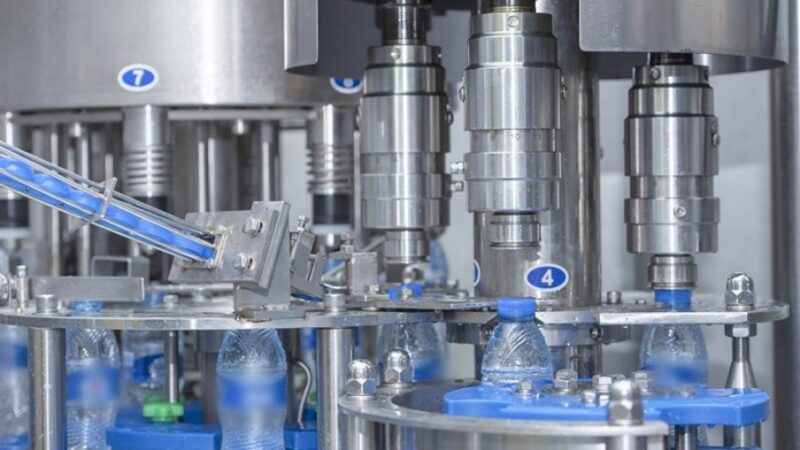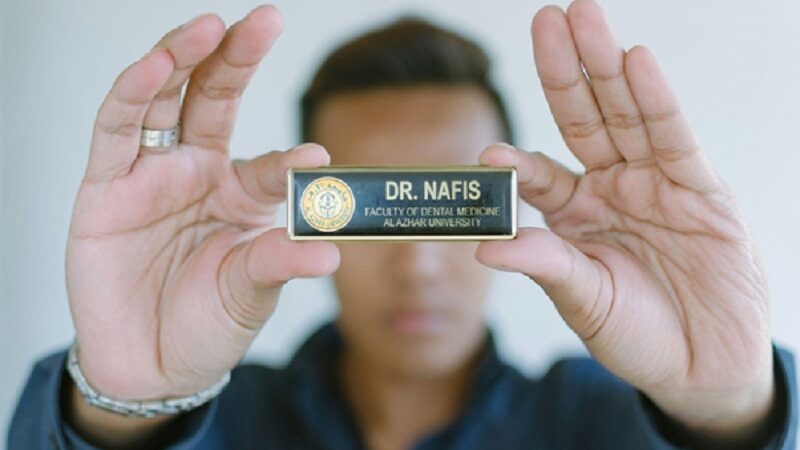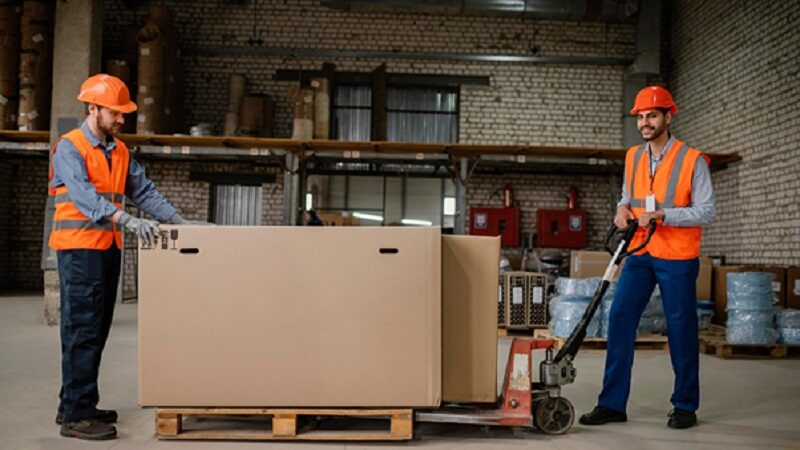A Dentists Guide To Depreciation

Many investments made by dental professionals, such as new imaging devices, dental chairs and technology, are essential for a fully functioning practice and the comfort and satisfaction of its patients. But did you know that these purchases can also help dentists lower their tax bills by way of depreciation?
Capturing every single deduction that you might be eligible for as a dental practitioner is made easier when you work with a specialist dental accounting firm. Their knowledge of the industry as a whole helps to ensure that all equipment investments are correctly tracked, and that dental practices remain compliant while making legitimate tax savings.
Let’s take a closer look at what depreciation means for dentists
Giving you the opportunity to reduce your taxable income every year, depreciation allows you to deduct qualifying equipment costs over the time that it’s used in your practice. Instead of taking the complete deduction in one year, you can spread it out over the equipment’s useful life, which for many dental items, is between 5 and 7 years.
There are special provisions such as bonus depreciation and Section 179, however, that may permit you to deduct more in the year that the equipment was purchased.
Here are some depreciation types all dentists should know about:
- Section 179
Allows you to deduct qualifying equipment at the full cost that you paid for it, in the year it’s used in, with an annual limit of up to $1.22 million. Note that the equipment must have been purchased and put into use before the 31st of December to be eligible for Section 179, and it’s limited by your yearly taxable income.
- Bonus
At the time of writing, this type of depreciation allows for 100% immediate expensing for purchases of qualifying new and used equipment in the year it was made operational. Once Section 179 limits are reached, it can be used to offset other income, by creating or increasing a business loss.
- Regular (MACRS)
For those not using bonus depreciation or Section 179, any equipment purchased is depreciated over a number of years using something known as the Modified Accelerated Cost Recovery System, or MACRS.
Providing annual deductions that are smaller, this particular method spreads deductions over the useful life of the equipment.
Why is depreciation important for your dental practice?
Helping to lower your taxable income, reduce your tax liability and improve cashflow, depreciation also enables you to make upgrades to both patient care and technology, which for many successful practices, is crucial. Lastly, depreciation can make dental practices more tax efficient, as purchases of equipment can be aligned with your both your income, and your strategy for planning taxes.
Depreciation mistakes commonly made by dentists
Mistakes are easily made where depreciation is involved, but making them jeopardizes your potential for tax savings as a dentist.
Try to avoid making these common depreciation errors:
- Not tracking dates of purchase, and dates of service for equipment
- Not keeping invoices and documentation involving payments
- Missing depreciation opportunities due to a lack of consistent record-keeping
- Confusing immediate deductibles such as supplies, with equipment that’s depreciable. Without the help of bookkeepers and dental accountants, eligible deductions are easily missed and compliance becomes harder to maintain.
When taken advantage of properly, depreciation can be an incredibly powerful tool for lowering your tax burden as a dentist, while still being able to invest in the growth of your practice, and the care of your patients. For further, detailed guidance on how to use depreciation to the advantage of your dental practice, seek professional help from a dental tax specialist or accountant.







